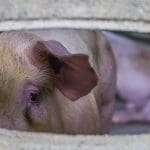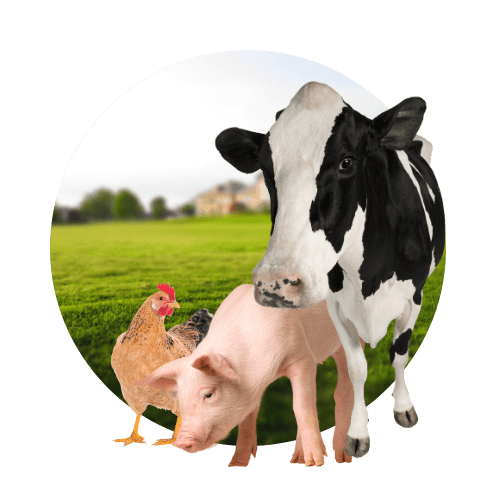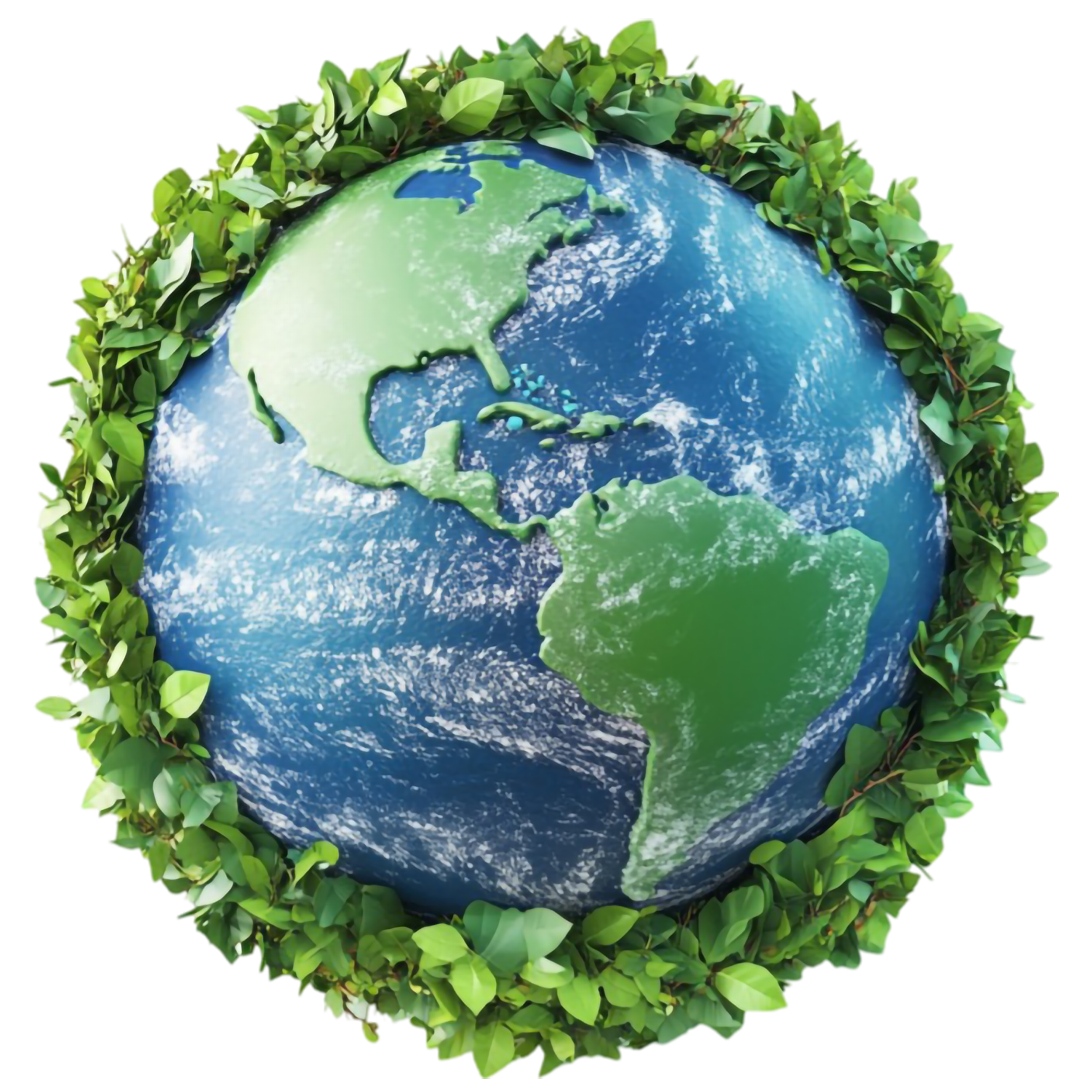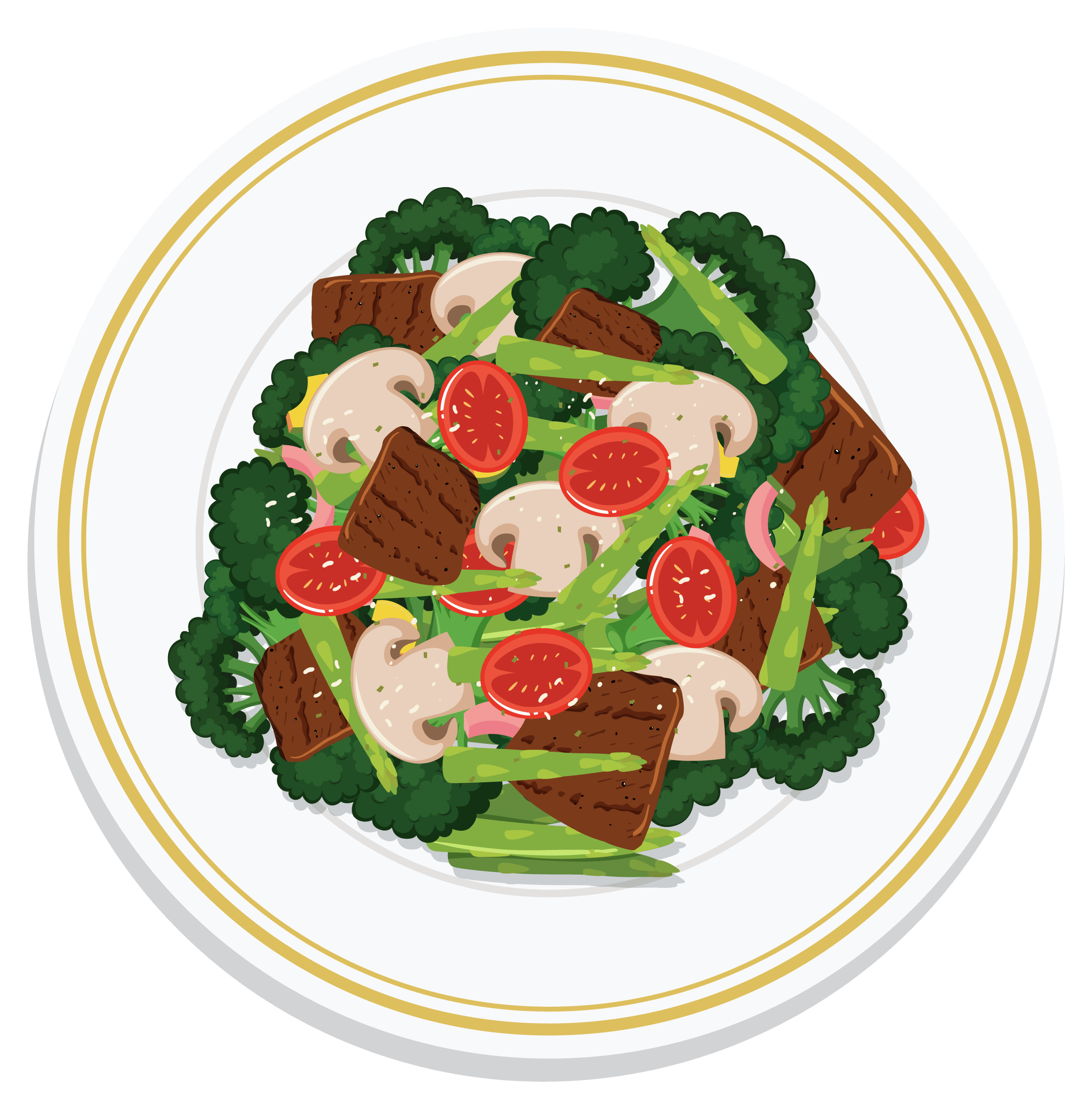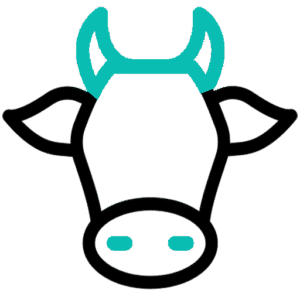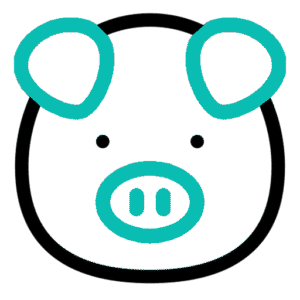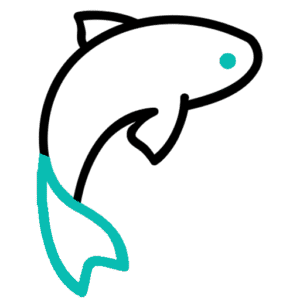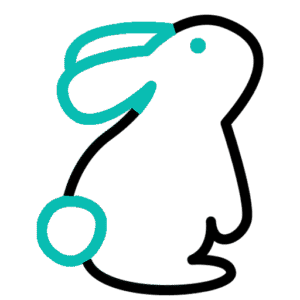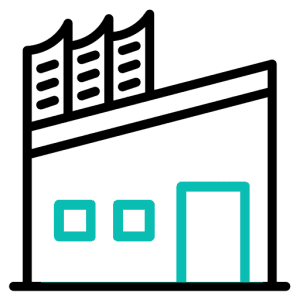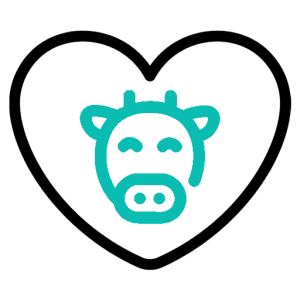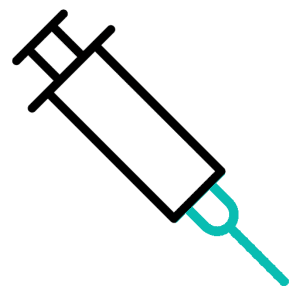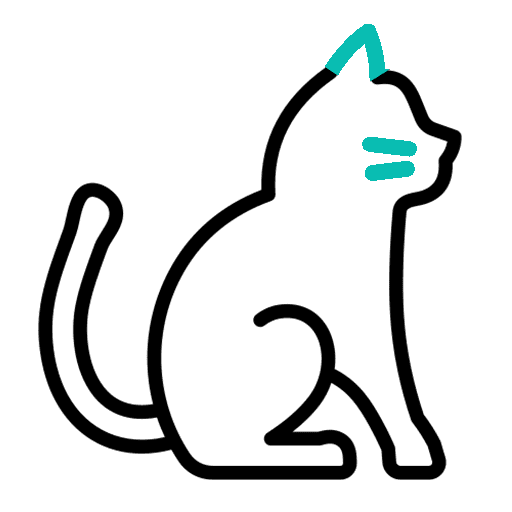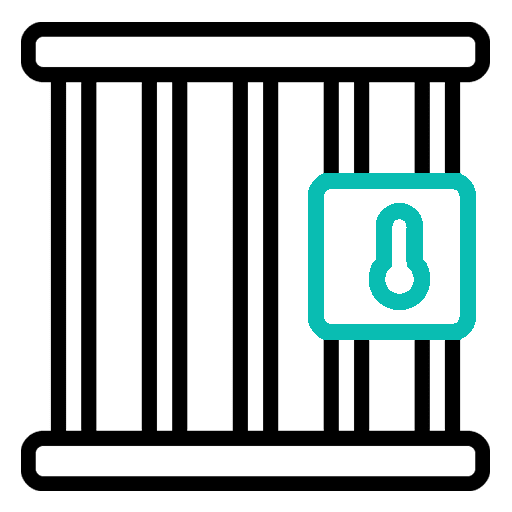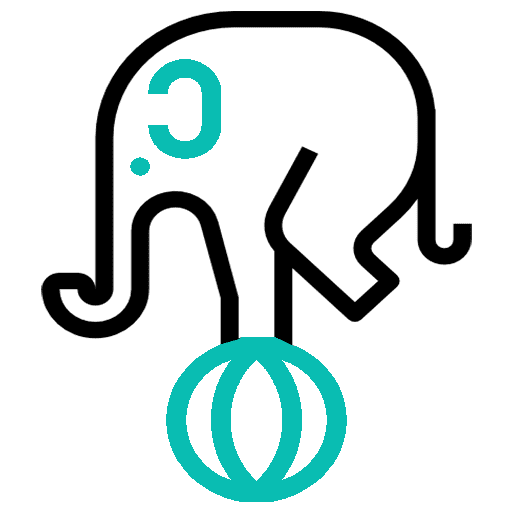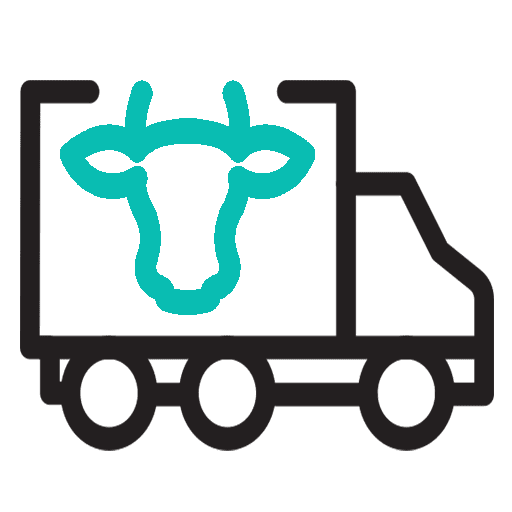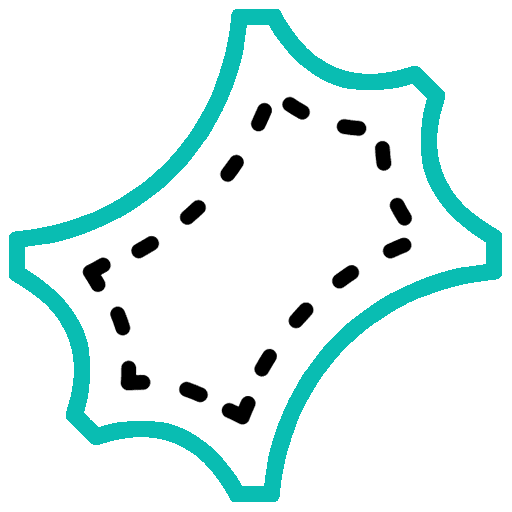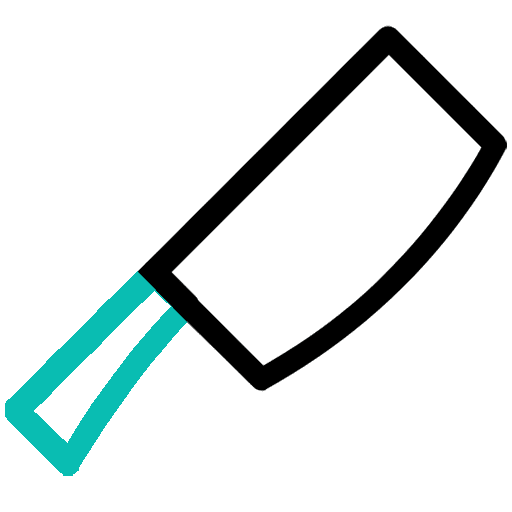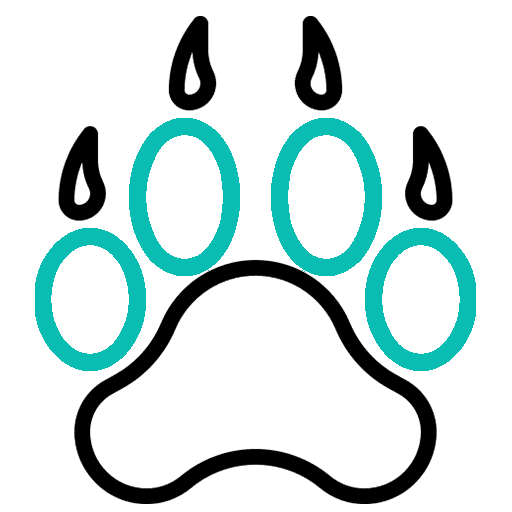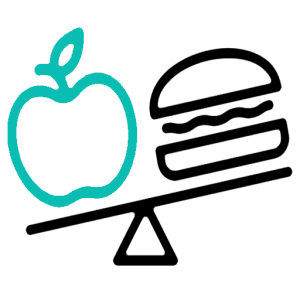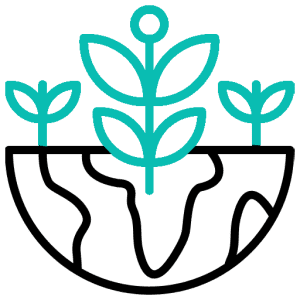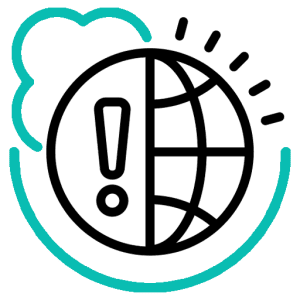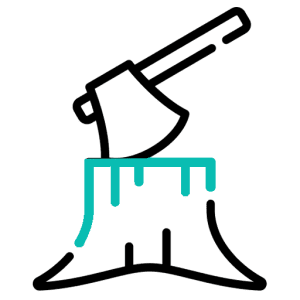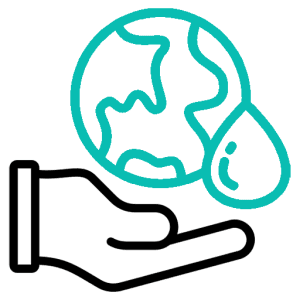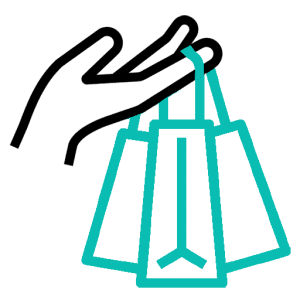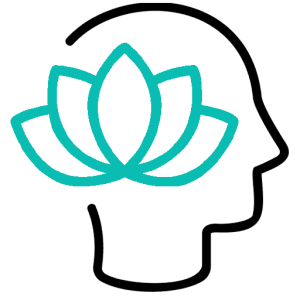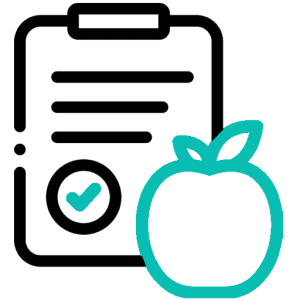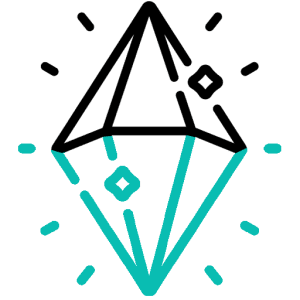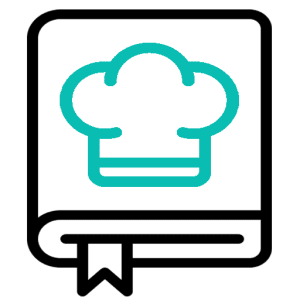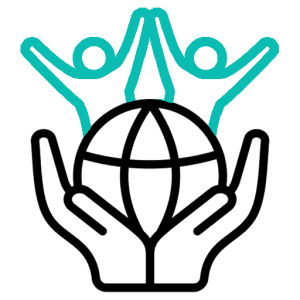**The Life of Ducks: A Glimpse into Nature’s Duality**
Nature is both mesmerizing and merciless—an intricate dance of beauty and brutality that unfolds in even the most unassuming corners of the animal kingdom. In a fleeting 30-second clip, the YouTube video *”The Life of Ducks: 30 Seconds of Cruelty”* hints at this stark duality within the world of ducks. With just a single audible word, *”muere al”*, the video leaves viewers both intrigued and unsettled, as it alludes to the challenges and harsh realities these creatures face in their natural environments. In this blog post, we’ll dive deeper into what the video may capture, reflecting on the hardships, survival instincts, and fascinating aspects of duck behavior that unveil the raw, unfiltered essence of life in the animal world.
The hidden reality behind a duck’s journey from pond to plate

Behind their serene wading in calm waters, ducks face profound challenges on their journey to becoming a part of human consumption. What appears to be a life of simple pond living often hides a far more complex – and sometimes cruel – reality. Many commercial practices prioritize efficiency over the well-being of these creatures, creating a system that leaves little room for compassion.
- Cramped Spaces: Ducks raised for meat often spend their lives confined in overcrowded environments, devoid of sunlight or water to swim in – robbing them of their natural behavior.
- Force Feeding: In some cases, particularly in foie gras production, they endure painful force-feeding practices to fatten their livers.
- Short Lives: These ducks are typically raised and slaughtered at just a fraction of their natural lifespan.
| Aspect | Natural Environment | Commercial Reality |
|---|---|---|
| Living Space | Expansive ponds, free movement | Small, crowded cages |
| Diet | Natural foraging | Processed feed, sometimes force-fed |
| Lifespan | Up to 10-15 years | A few months |
Unraveling everyday practices most never see
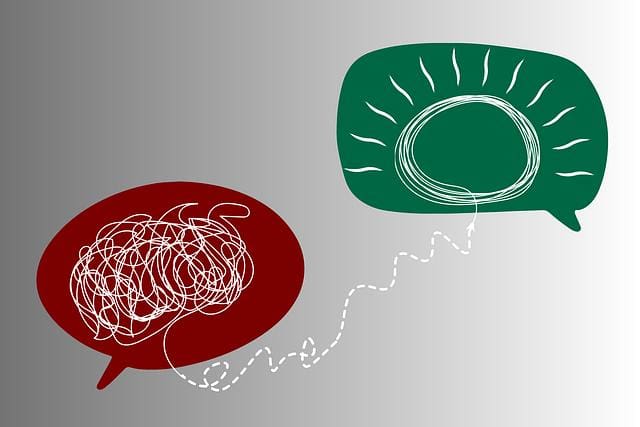
Behind serene ponds and picturesque farm settings lies an unsettling reality. People may not realize the **demand for duck eggs and meat** comes with hidden consequences, often obscured from public view. From cramped enclosures to harsh handling methods, ducks often endure conditions no living creature should face. These moments — unseen and ignored — serve as a cruel reminder of the hidden costs within everyday practices.
- **Forced crowding**: Ducks are crammed into confined spaces, leaving little room to move naturally.
- **Unnatural feeding**: Diets stuffed with artificial supplements to accelerate growth.
- **Emotional neglect**: Social, playful creatures denied natural bonding with their flock.
| Natural Behavior | Factory Practices |
|---|---|
| Forming tight family bonds | Separation from groups |
| Swimming daily | Rarely, if ever, access to water |
In the shadow of efficiency and profit-driven motives, a poignant question emerges: how can we ensure **their basic dignity** is protected without turning a blind eye?
Small acts, big consequences for our feathered friends

Every day, seemingly insignificant actions can cause profound impacts on the lives of ducks and other birds. It’s easy to forget that even the smallest choices we make—as individuals or communities—can ripple out, affecting creatures who share our environment. A discarded piece of trash, a poorly chosen behavior, or even momentary neglect could have unintended consequences for these feathered beings.
Consider these small, impactful actions that make a difference:
- Properly dispose of waste: Plastic, fishing lines, and bottle caps can cause entanglement or ingestion, leading to injury or worse.
- Respect nesting spaces: Avoid disturbing areas where ducks may hatch or raise their young to give them a safe start in life.
- Choose wildlife-friendly practices: Simple shifts, like switching to lead-free fishing weights, can protect aquatic birds from poisoning.
Even just 30 seconds of carelessness could alter their lives forever. The question is not just, “What do we stand to gain from being mindful?” but rather, “What do they stand to lose if we’re not?” Small acts today can prevent tomorrow’s tragedies.
What we can do to promote ethical treatment of waterfowl

Improving the ethical treatment of waterfowl requires collective action and a commitment to compassion. Simple yet impactful steps can make a significant difference in their lives and ensure they are treated with respect.
- Advocate for cruelty-free farming: Support agricultural systems that prioritize humane practices, ensuring birds have adequate space, access to clean water, and natural habitats.
- Promote awareness: Share educational materials about the importance of ethical treatment and the consequences of neglect or mistreatment.
- Participate in habitat conservation: Engage in activities like wetland restoration to provide waterfowl with safe, natural environments for living and breeding.
- Encourage responsible tourism: Discourage practices like feeding waterfowl unhealthy foods and instead promote observation from a distance to minimize stress on wildlife.
| Action | Impact |
|---|---|
| Choose ethical products | Supports humane industries |
| Sign petitions | Demands policy change |
| Volunteer locally | Protects habitats |
Rethinking traditions through the lens of compassion
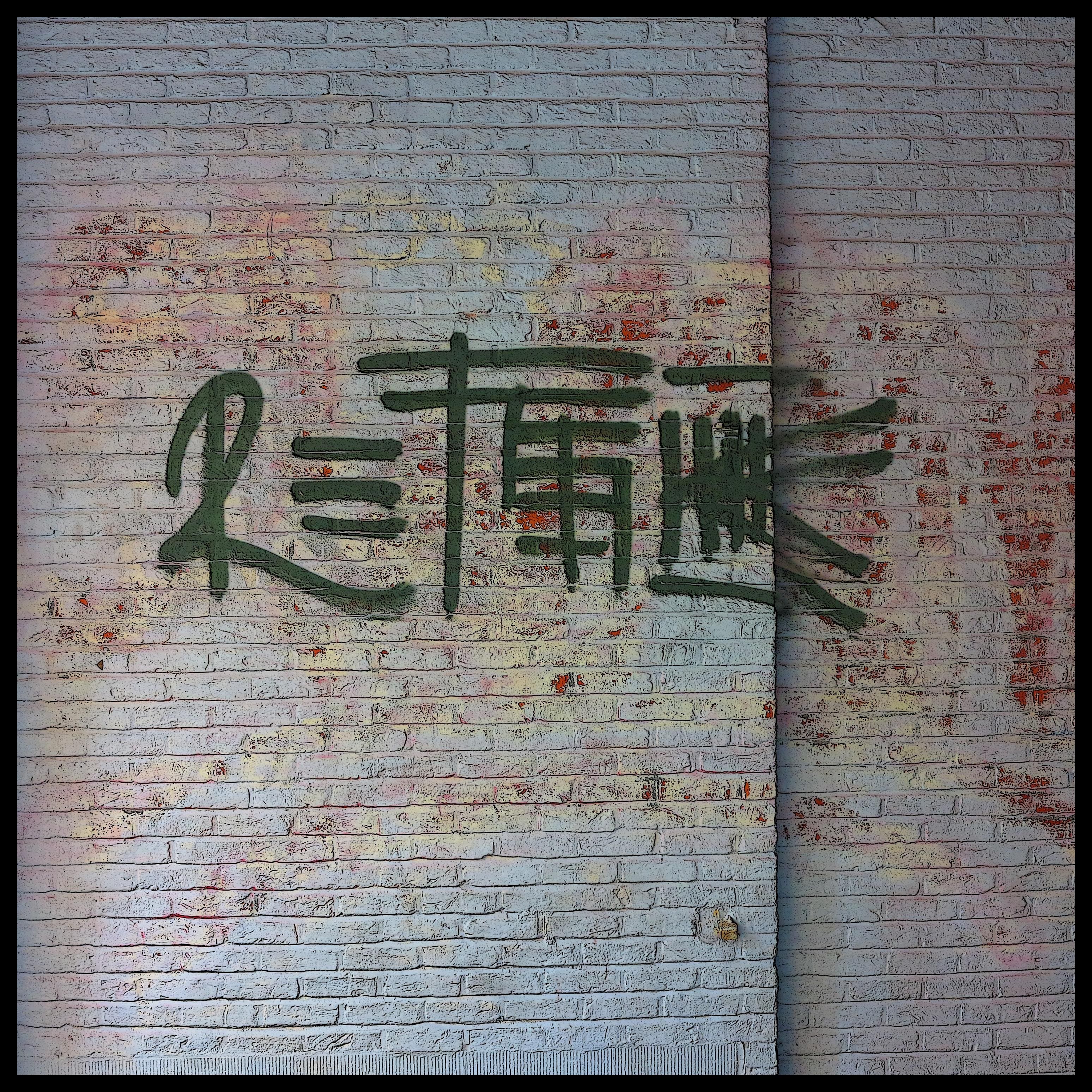
What defines our traditions? Are they living testaments to culture, or can they unintentionally perpetuate cruelty in the guise of heritage? When we view these practices through the **lens of compassion**, they reveal uncomfortable truths about how we treat sentient beings. Ducks, for example, are often subjected to inhumane conditions, with their pain overlooked because “this is how it’s always been done.” But must tradition come at the expense of empathy?
- **Force-feeding for foie gras:** A practice that causes immense physical harm to ducks.
- **Feather plucking:** Often done while the bird is alive, leading to unnecessary suffering.
- **Crowded living conditions:** Confinement without access to water, denying them their natural behaviors.
| **Tradition** | **Impact on Ducks** |
|---|---|
| Force-feeding | Severe organ damage, limited lifespan |
| Feather plucking | Extreme pain, stress, bleeding |
| Restricted movement | Muscle atrophy, depression |
Choosing to transform these traditions doesn’t erase their significance—it reshapes them into acts of humanity. Isn’t embracing progress rooted in kindness the most honorable tradition of all?
Final Thoughts
Certainly! Based on the minimal transcript you’ve provided, the content of the video itself isn’t fully clear, but I’ll craft an outro for your blog post that reflects the spirit of discussing the potential life experiences of ducks in a neutral and creative tone. Here’s the outro:
—
As we reflect on the fleeting 30 seconds of “The Life of Ducks: 30 Seconds of Cruelty,” we’re reminded of how much remains unseen and unsaid in the world of animals. Ducks, often symbols of grace and freedom, may also endure untold struggles beneath their serene appearances. Whether we choose to delve deeper into their lives or simply observe from afar, this brief glimpse challenges us to think about the balance of beauty and hardship in nature. So, as we carry on with our lives, let’s take a moment to appreciate the silent stories unfolding around us every day—stories that deserve to be heard, even if they last no more than 30 seconds.
—
Feel free to refine this outro further to align perfectly with your blog’s tone or additional details about the video’s content!


